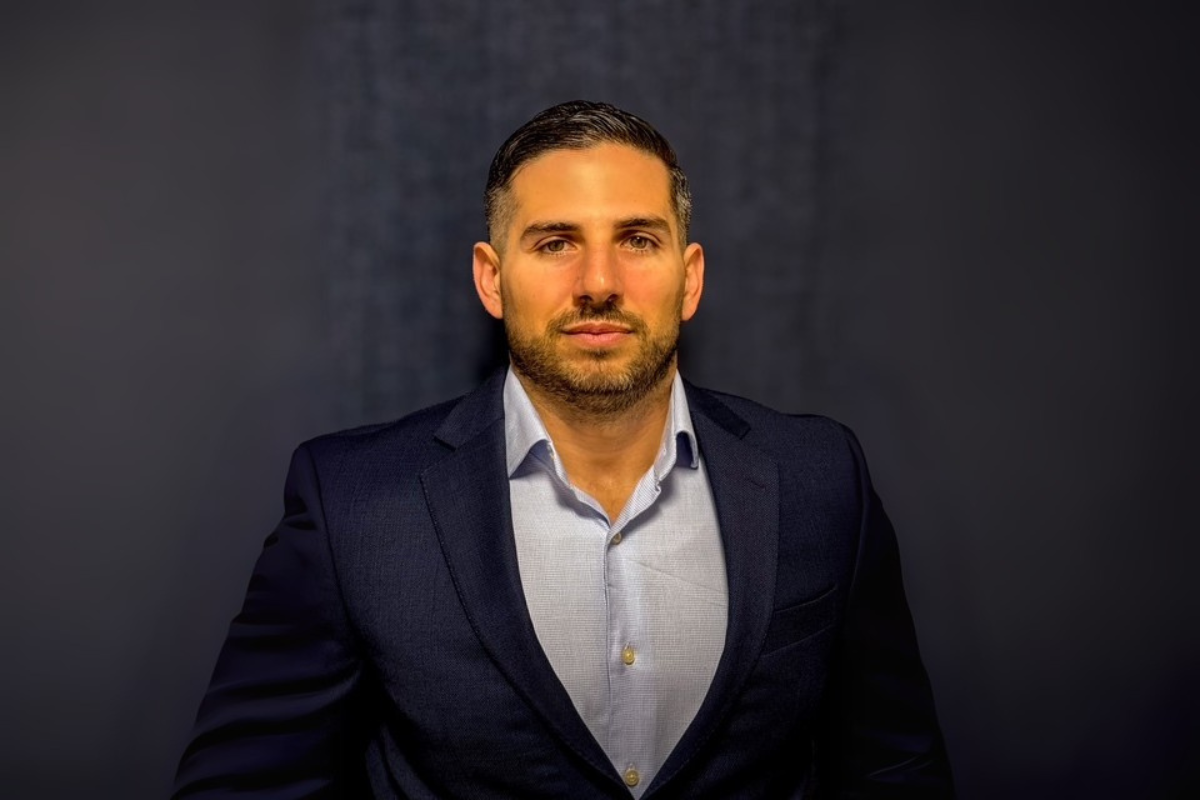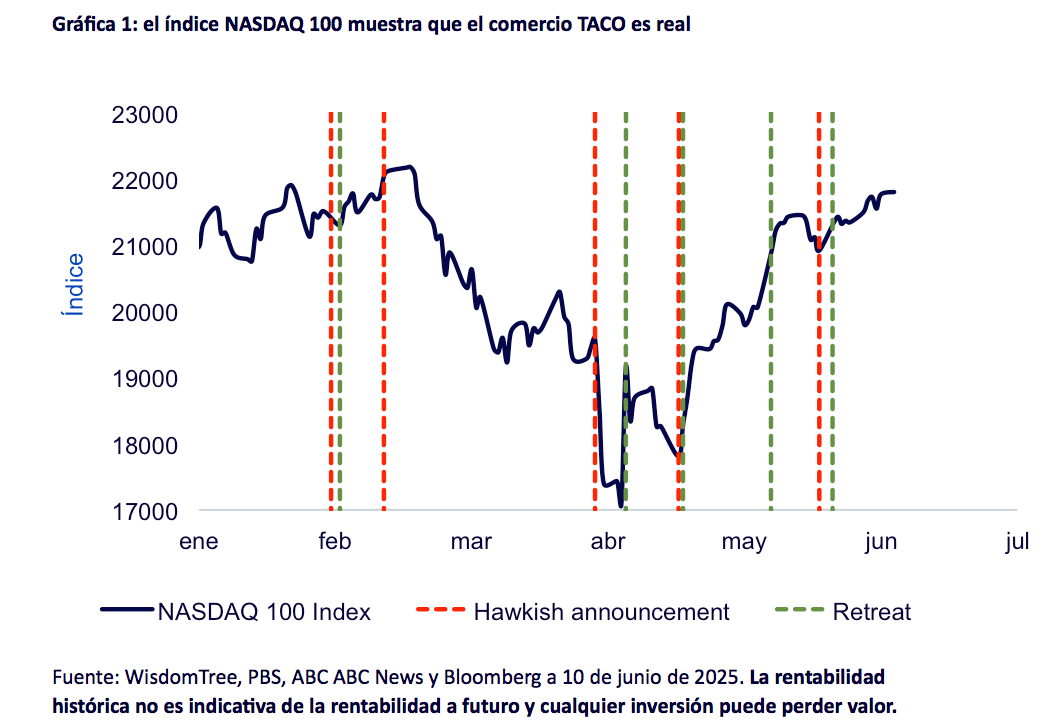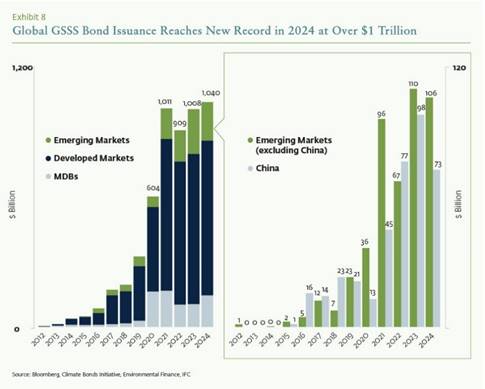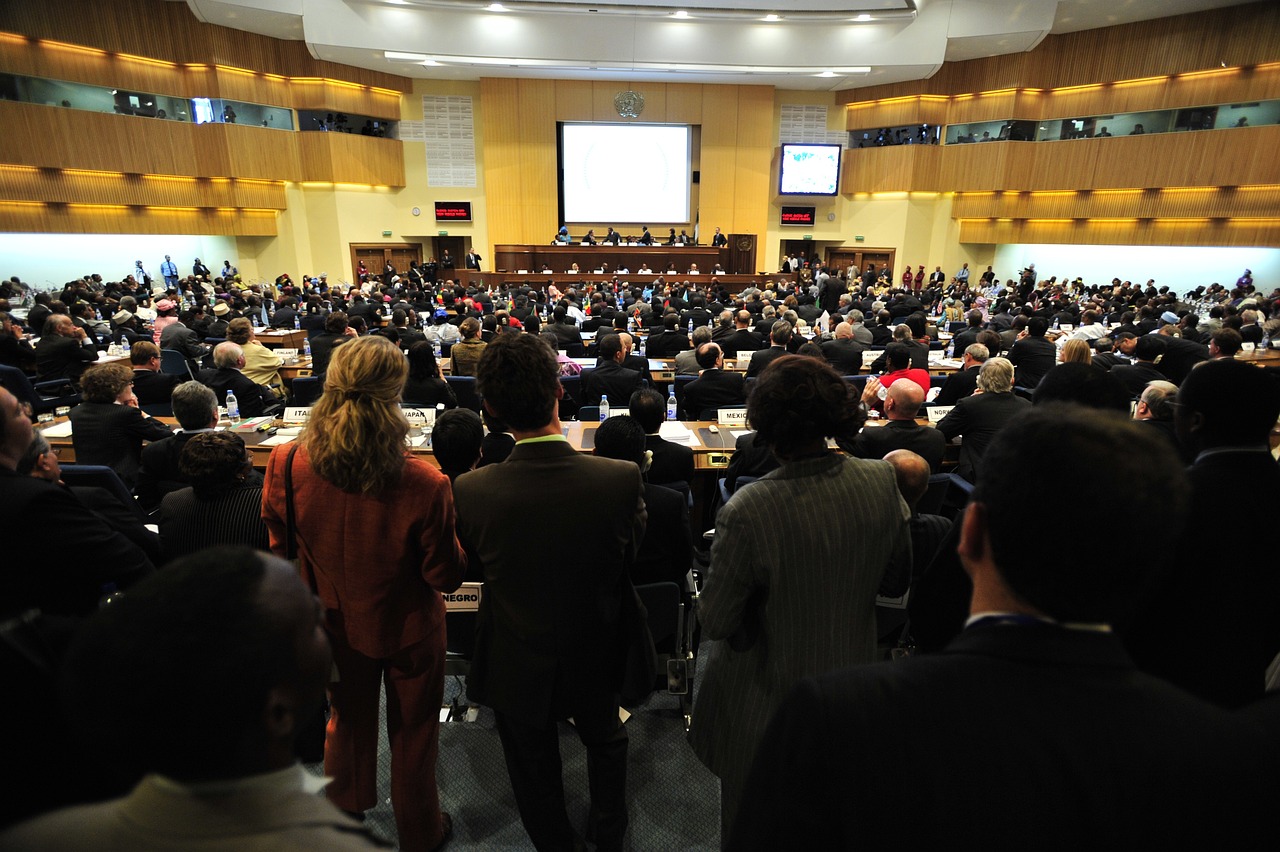Allfunds Appoints Daniel Jesús Alonso New Head of US
| By Amaya Uriarte | 0 Comentarios

Allfunds has announced the appointment of Daniel Jesús Alonso as the new Head of US. Effective July 9 and based in Miami, Alonso will report to Gianluca Renzini, Chief Commercial Officer, and will play a key role in driving Allfunds’ growth in the offshore markets, while also strengthening its wealth management and product development initiatives.
Daniel joins Allfunds from Morgan Stanley Wealth Management, where he played a fundamental role in expanding the international business (offshore in the U.S.), most recently serving as Director of Product Development in International Wealth Management (IWM). In that position, he led the strategy, development, and distribution of investment products for international clients. Previously, he was Executive Director in Morgan Stanley’s Investment Solutions organization, overseeing the team of international product specialists.
Following this announcement, Gianluca Renzini, Chief Commercial Officer of Allfunds, stated: “We are very pleased to welcome Daniel to our team as we strengthen our presence in key markets. His extensive experience in international wealth management and deep knowledge of the U.S. offshore market make him the ideal leader to drive our growth strategy in the Americas. This appointment reflects our commitment to bringing in top-tier talent to accelerate our expansion in high-growth markets.”
For his part, Daniel Alonso, incoming Head of US at Allfunds, added: “Allfunds stands out in the U.S. offshore market for its ability to offer solutions across both private and public markets in multiple currencies within a single integrated ecosystem. Its focus on innovation and deep understanding of market and product trends create a very attractive opportunity. I am excited to be part of this project and to contribute to the sustained growth of the company and its commitment to the region.”
Extensive Professional Career
With nearly two decades of experience in private banking and international wealth management, the firm believes he brings a deep knowledge of capital markets, alternative products, traditional investment solutions, and advisory services. Early in his career, he worked in capital markets providing sales and trading services to international private banking, middle market, and wealth clients, covering structured products, equities, and fixed income.
Daniel holds a degree in Business Administration from Montclair State University and an MBA from Dowling College. He also holds the CFP® and CIMA® certifications and has passed the FINRA Series 7, 24, 55, and 66 exams, reflecting his broad knowledge in investment management and regulatory requirements.











